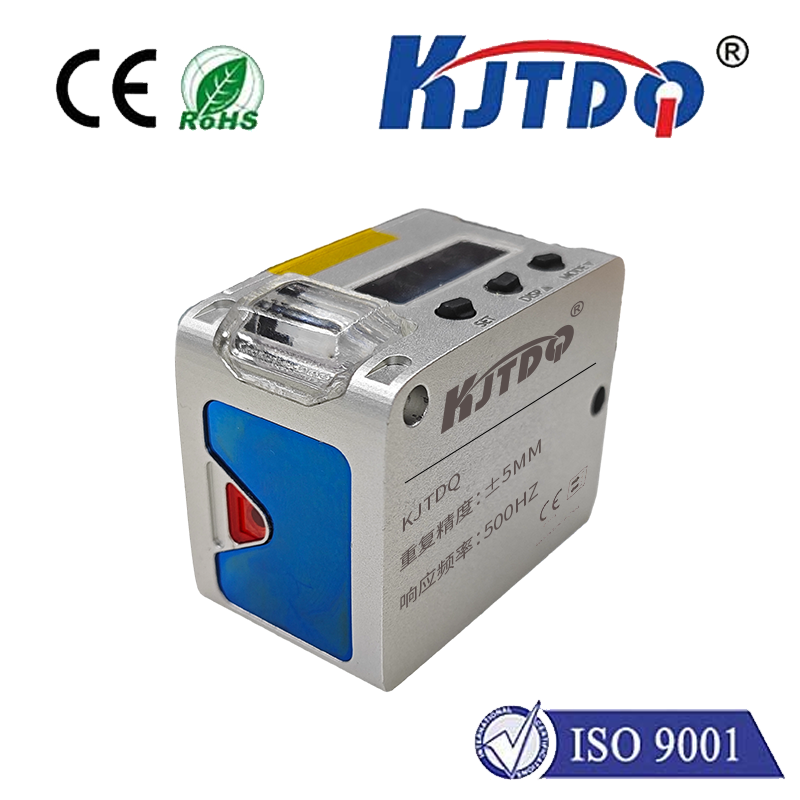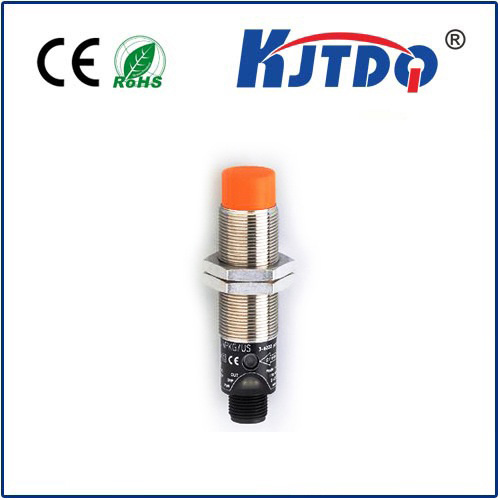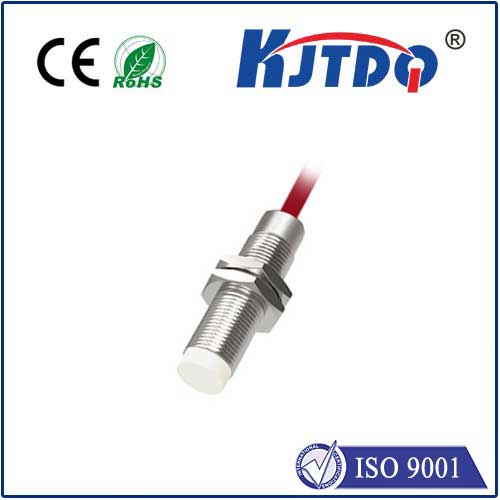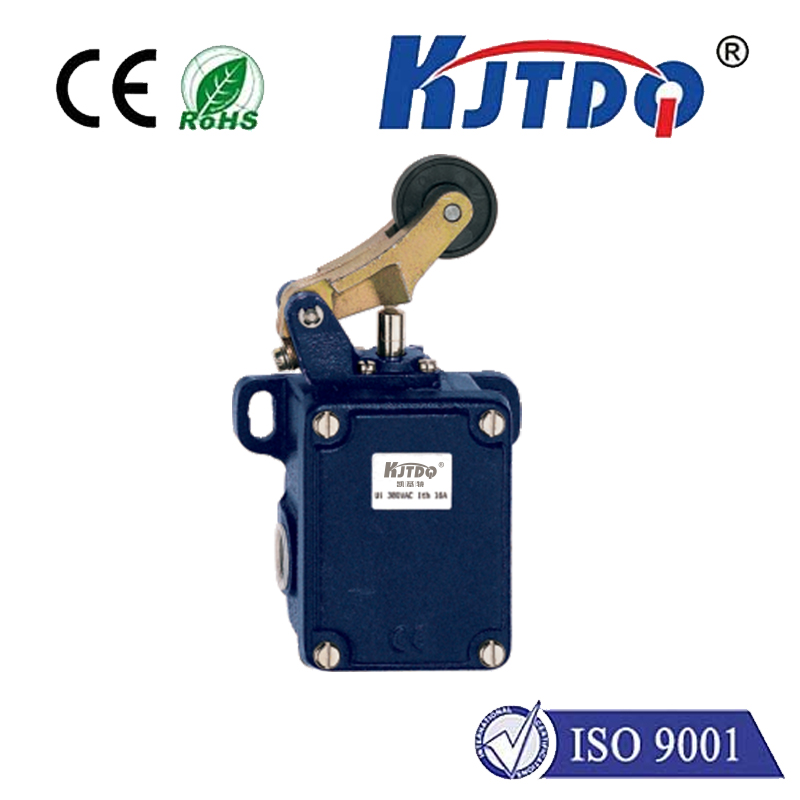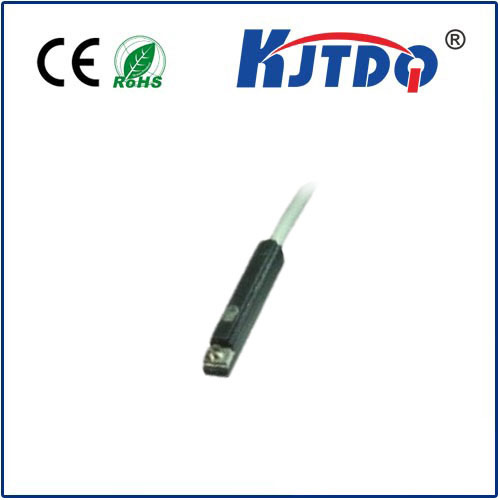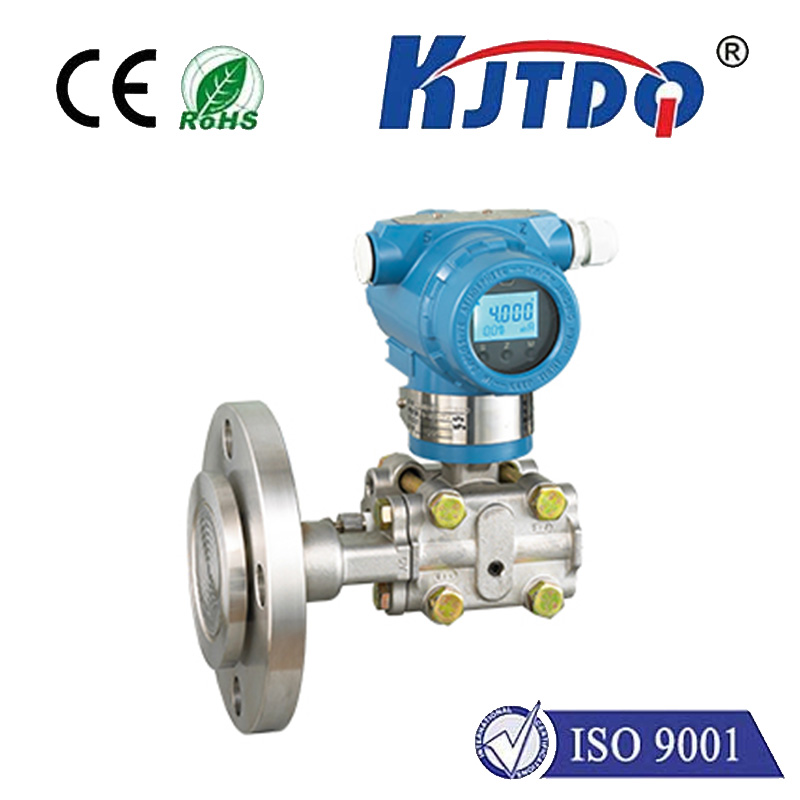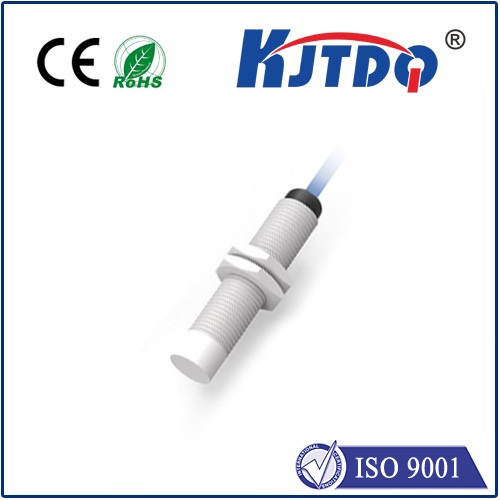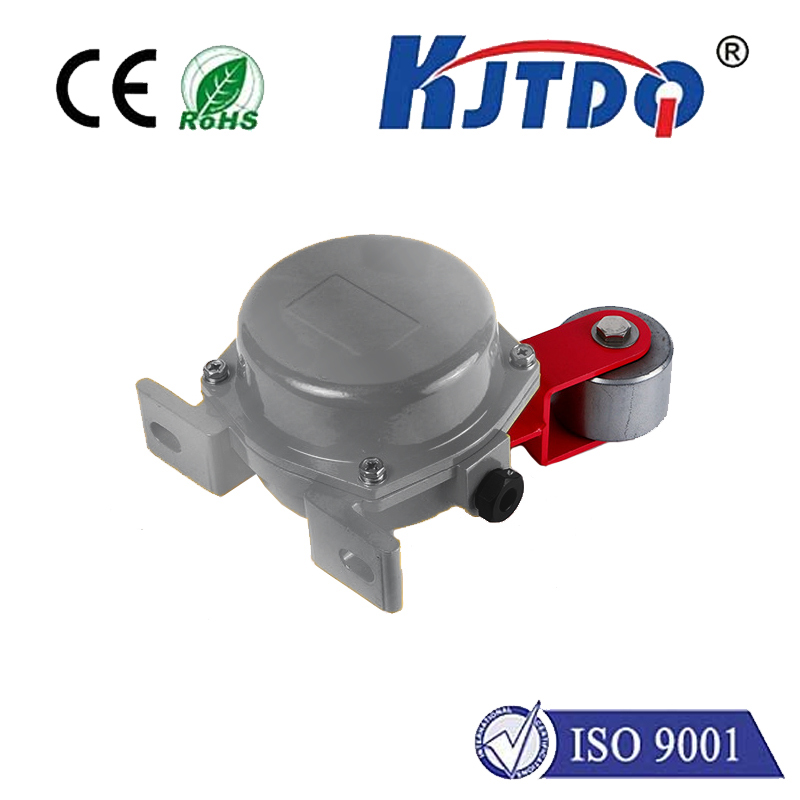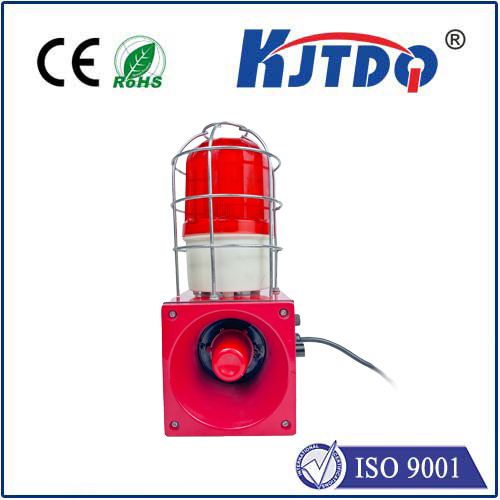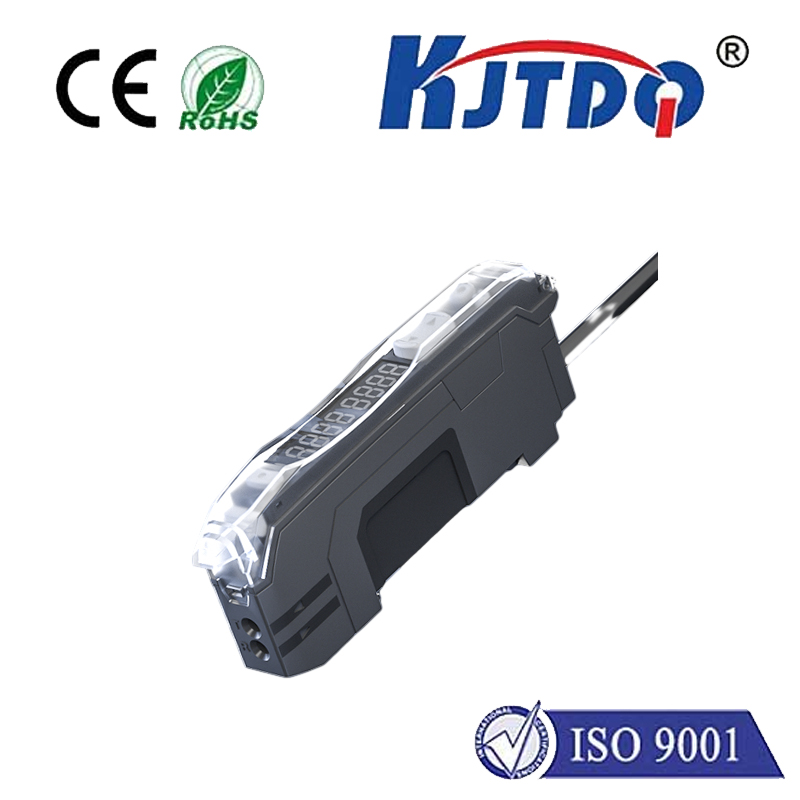
check

check

check

check

PNP Photoelectric Sensor: An In-depth Understanding of its Working Principles and Applications” The PNP photoelectric sensor is a crucial component in the field of automation and sensing technology. It is widely used in various industries due to its high sensitivity, fast response time, and reliability. This article aims to provide a comprehensive understanding of the working principles and applications of PNP photoelectric sensors. Firstly, let us understand what a PNP photoelectric sensor is. PNP stands for Positive-Negative-Positive, which refers to the type of transistor used in the sensor. A PNP photoelectric sensor consists of a photodiode that emits light when activated by an external source, such as sunlight or artificial light. The photodiode then converts this light into an electrical signal, which is further processed by the sensor’s circuitry to determine the presence or absence of an object. The working principle of a PNP photoelectric sensor involves the detection of changes in light intensity. When an object obstructs the path of the emitted light, the intensity of the received light decreases. This change in light intensity is detected by the sensor’s circuitry, which generates an output signal corresponding to the detected object. The sensitivity and response time of the sensor depend on the specific characteristics of the photodiode and the electronic components used in its design. One of the key advantages of PNP photoelectric sensors is their ability to operate reliably in harsh environmental conditions. They are resistant to electromagnetic interference and can function effectively in environments with high levels of dust, moisture, or vibration. This makes them ideal for use in industrial settings where such conditions are prevalent. PNP photoelectric sensors find applications in various fields, including manufacturing, automotive, healthcare, and security. In the manufacturing industry, they are used for detecting the presence or absence of objects on conveyor belts, counting products during packaging processes, and monitoring the level of liquids in tanks. In the automotive industry, they are used for parking assistance systems, blind spot detection, and adaptive cruise control. In healthcare, they are used for patient monitoring systems and surgical instruments. In security applications, they are used for intrusion detection and access control systems. In conclusion, PNP photoelectric sensors play a vital role in modern automation and sensing technologies. Their high sensitivity, fast response time, and reliability make them suitable for use in diverse applications across various industries. As technology advances, we can expect further improvements in the performance and functionality of PNP photoelectric sensors, paving the way for new innovations and advancements in automation and sensing technologies.
